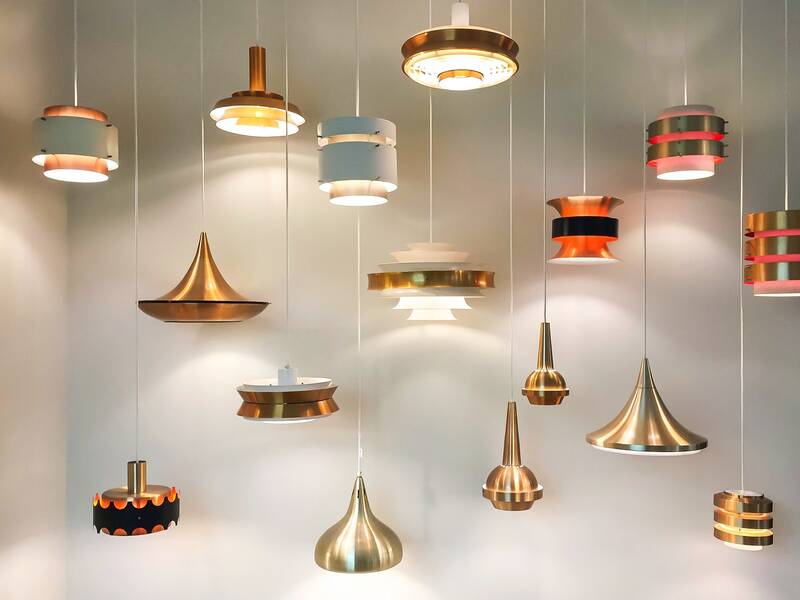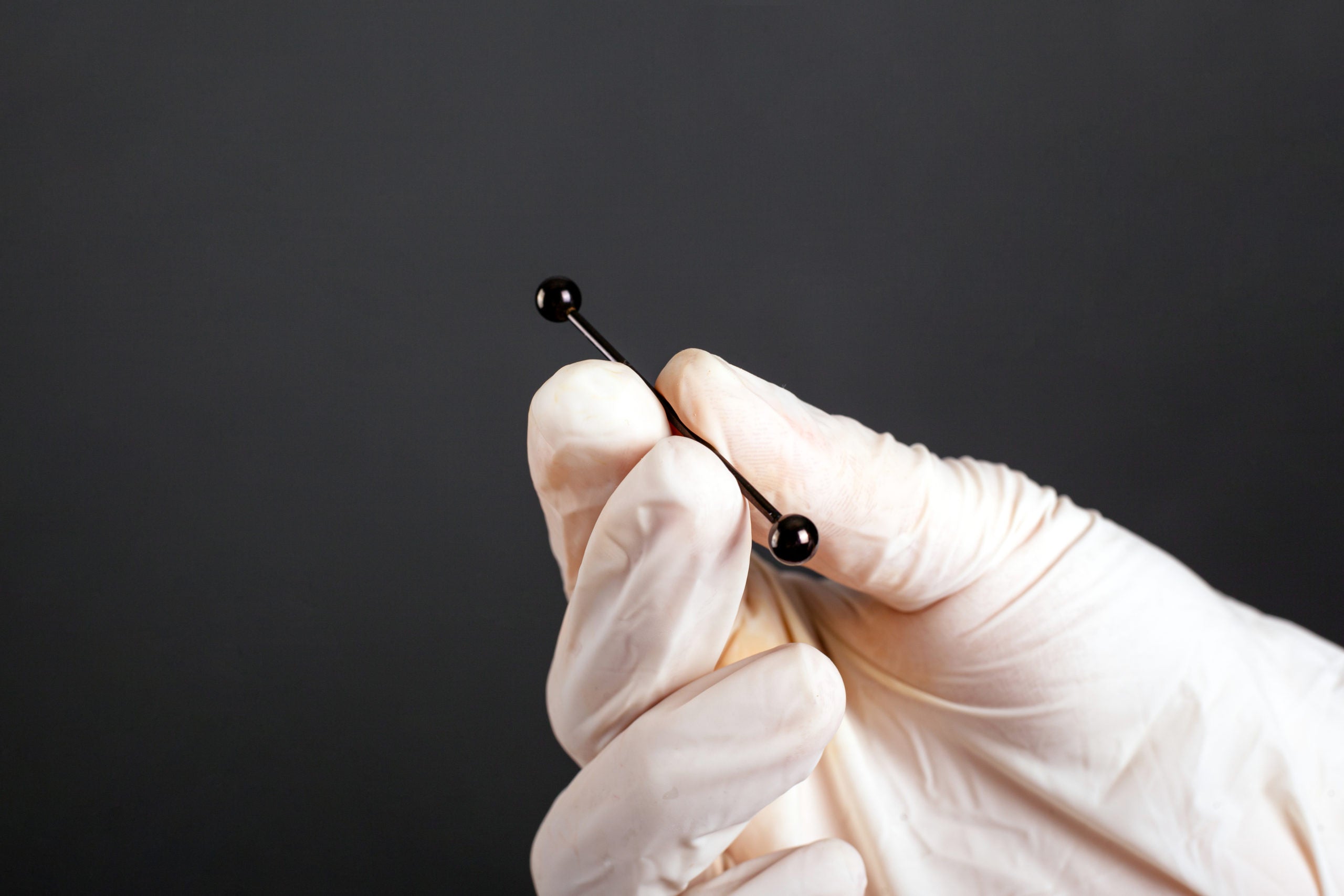Photophobia treatments and home remedies are brought more to light as scientists and doctors continue to learn more about light sensitivity. This article is intended to help you learn more about your options.
If you have photophobia or excess sensitivity to light, chances are good that you’re frequently reminded of it by pain, squinting, tears, dryness, or spots appearing in your vision. The symptoms are both annoying and uncomfortable, and may even come with nausea, fatigue, and of course – migraine.
What you learn from this article will help you live your life with fewer of those interruptions.
7 Photophobia Home Remedies
Modern medicine has amazing advantages, but we understand that a lot of migraineurs would rather avoid overdoing it on painkillers. Therefore, we’d like to discuss several home remedies for light sensitivity.
Wear Axon Optics Glasses
Photophobia glasses (sometimes called migraine glasses) are totally non-invasive, portable, and seriously effective at preventing the most bothersome light from entering your eyes. Our migraine glasses were designed specifically for people with photophobia.
The Avulux Migraine & Light Sensitivity lenses contained in Axon Optics glasses are precision tints that optimally block the spectrum of harmful light that is most likely to trigger your symptoms, while letting soothing light through. This way, you can go about your day under fluorescent light, among other types, without constant worry.
Unlike pharmaceuticals, photophobia glasses have no side effects. They also meet a high scientific standard, as Avulux lenses are clinically proven against light sensitivity and migraine.
Customers agree. Linda recently wrote:
“I’ve tried other brands of lenses to help with my photophobia, migraines, and cyber sickness. So far, the Axon Optics are the best. The lighter shade of indoor lenses work better for me.”
Get Rid of Fluorescent Lighting
Fluorescent lighting is notorious for affecting light sensitive people. Its flickering, intensity, and blue-heavy light spectrum is a definite trigger for a lot of our customers.
Since you still have to work, shop, and live your life, you might not be able to totally get rid of fluorescent lighting. However, there are a lot of steps you can take to reduce your exposure and mitigate its effects (including wearing our glasses). In this article, we provide several strategies to help you cope with fluorescent lighting and how it affects you.
Use More Natural Light

One of the best ways to reduce your exposure to artificial light is to bring in more natural light, so you can turn off or dim other light sources. If possible, sit closer to a window at work. Open your blinds, get outside (with sunglasses) and allow more sunshine in with its full spectrum of light to help balance and reduce your need for electric lights.
A note about blinds. For many people with light sensitivity, scattered or high-contrast patterns can be a trigger. Light shining through partially-open blinds may fall into that category for you. This is part of the reason why you might be better off to open them all the way.
Increase Light Exposure Slowly
It might seem counterintuitive to increase your light exposure at all. However, you definitely need some light in your life to avoid dark adapting your eyes and making your problem worse. This is why it’s a bad idea to wear sunglasses indoors.
If you can handle it, try keeping the lights on at a dimmer level. Over time, try increasing that light little by little until you reach your limit. It’s a process of trial and error, and some days might be better than others. But especially with the help of your photophobia glasses, you might find yourself better equipped to handle brighter light with gradual, incremental increases.
Adjust the Brightness of Devices
Many newer devices including smartphones, TVs, and computers come with detailed settings that let you control the brightness and colors of the screen.
Finding the right settings may take some trial and error on your part. Try looking into the various display settings on your devices to reduce brightness to a more comfortable level. You might even be able to adjust the hue to something a little warmer, which could be less bothersome for you.
Protect Your Eyes from the Sun
Be sure to invest in quality sunglasses and know what you’re getting. You need lenses that block UV rays and troublesome glare – just don’t wear them inside! The adage that, “you get what you pay for” often holds true with sunglasses. You don’t have to spend a fortune on them, but be sure you’re getting a quality pair from a reputable source.
Avoid Eye Strain
In this article we address computer vision syndrome (CVS). If you spend a few hours or more looking at a computer or other digital screen every day, this is a real threat. It can cause dry eye, neck and shoulder pain, headaches, and blurry vision. Anyone can develop CVS even if they aren’t particularly light sensitive.
To avoid CVS, taking frequent short breaks from screen time can really help. Take a walk around the office, chat with coworkers, or grab a snack. You can also try the
20-20-20 rule: every 20 minutes, look 20 feet away for 20 seconds.
4 Standard Photophobia Treatments
Modern medicine offers a few treatments – but unfortunately no cure – for light sensitivity. These interventions might help you manage your condition, but may not be designed to address light sensitivity specifically. Let’s discuss a few of these options, how they work, and what side effects you might expect if you choose to use them.
Botox

It seems like the uses for Botox® continue to expand. Originally intended to lessen the appearance of wrinkles, botox or Botulinum Toxin A is also used to treat neck spasms, lazy eye, excessive sweating, and even overactive bladder.
When it comes to light sensitivity, Botox has been shown in studies to help people with photophobia-related migraine and blepharospasm. Botox injections were actually approved by the FDA in 2010 for adults with chronic migraine.
Botox is currently being studied for its potential benefits in treating traumatic brain injury (TBI), but more research is needed.
Is Botox Poisonous?
From a microbiological standpoint, Botox is a neurotoxin — a poison made by the Clostridium botulinum bacteria. If ingested, its effects (known as botulism) can be deadly. However, since Botox injections are not ingested, and because you get much less of it than you’d ever get from eating spoiled food, that danger does not apply to the injections.
Side Effects of Botox
Botox injections have a good safety record. However, there are some unpleasant side effects reported, such as:
- Injection site skin irritation and muscle weakness, which may lead to head drop in more severe cases
- Stiff neck
- Headache
- Blurred vision
It’s true that Botox has usefulness as a migraine and photophobia treatment. However, these uses were clearly not part of its original intent but were discovered and studied later as its effects were reported. Because of that, many experts recommend exhausting other treatment options before trying Botox for those conditions. Plus, the thought of being injected with a neurotoxin simply makes a lot of people squirm.
Triptans
Triptans is the common name for medications based on tryptamine. Tryptamines are psychotropic drugs derived as a metabolite of tryptophan, the amino acid in turkey famous for prompting the traditional Thanksgiving nap.
We won’t go deep into triptans here, but according to research they are “capable of producing profound changes in sensory perception, mood and thought…”
Triptans are oral drugs which have been used for decades to treat acute migraine attacks. They are not a cure for migraine, but are designed to stop the attack after onset.
As such, triptan drugs aren’t likely to be helpful as a light sensitivity treatment over the long term. They don’t address the underlying cause of photophobia or migraine, but may offer some relief if administered to migraine patients during an episode, preferably at its onset.
Side Effects of Triptans
Like any other drugs, side effects are possible. Some of the more common issues that have been associated with the use of triptans include:
- Dry mouth
- Dizziness
- Fatigue
- Skin sensations like heat or tingling
- Headache
CGRP Inhibitors
Anti-CGRPs are injected medications designed to treat migraine attacks. They may even help prevent them by targeting a protein in the brain which is linked to migraine pain. This protein is called calcitonin gene-related peptide (CGRP).
CGRP inhibitors can also reduce the symptoms of photophobia and other sensory symptoms of migraine, potentially reducing the number of headache days that come with light sensitivity.
CGRP Inhibitor Side Effects
While these drugs are promising, CGRP inhibitors do come with side effects like many other injections. These may include:
- Pain or irritation at the injection site
- Constipation
- Diarrhea
- Heightened anxiety or depression
Pilocarpine
Pilocarpine, like Botox®, was not developed specifically for light sensitivity. However, it has shown promise as a potential treatment at least in the short-term.
It was actually designed to treat elevated intraocular pressure and chronic dry mouth. But in a limited study of 14 people, 70% of participants experienced a decrease in light sensitivity which lasted at least a week.
However, pilocarpine isn’t considered a long-term solution for photophobia, nor does it resolve the underlying cause. After treatment with this drug, light sensitivity symptoms usually come back within about 6 months.
Pilocarpine Side Effects
Side effects of pilocarpine are usually mild, but they may include:
- Dizziness
- Tearing
- Sweating
- Nausea
- Stomach cramps
- Runny nose
The Best Solution May Be Simplest
No matter how you decide to deal with your light sensitivity, the coping strategies you decide to use could help you reduce migraine pain and other symptoms associated with your condition. Axon Optics glasses for photophobia are among the easiest and most effective strategies, and come with a 60-day return policy.
References
Source: Diel RJ, et al. Photophobia and sensations of dryness in patients with migraine occur independent of baseline tear volume and improve following botulinum toxin A injections. Br J Ophthalmol. 2018 Sep 29. pii: bjophthalmol-2018-312649. doi: 10.1136/bjophthalmol-2018-312649.
Source: Olson RM, Mokhtarzadeh A, McLoon LK, Harrison AR. Effects of Repeated Eyelid Injections with Botulinum Toxin A on Innervation of Treated Muscles in Patients with Blepharospasm. Curr Eye Res. 2019 Mar;44(3):257-263. doi: 10.1080/02713683.2018.1543707. Epub 2018 Nov 23.
Source: Bendtsen L, et al. Guideline on the use of onabotulinumtoxinA in chronic migraine: a consensus statement from the European Headache Federation. J Headache Pain. 2018 Sep 26;19(1):91. doi: 10.1186/s10194-018-0921-8.
Source: Araujo AM, Carvalho F, Bastos Mde L, Guedes de Pinho P, Carvalho M. The hallucinogenic world of tryptamines: an updated review. Arch Toxicol. 2015;89:1151–1173. doi: 10.1007/s00204-015-1513-x.
Source: Derry CJ, Derry S, Moore RA. Sumatriptan (oral route of administration) for acute migraine attacks in adults. Cochrane Database Syst Rev. 2012;2012(2):CD008615. Published 2012 Feb 15. doi:10.1002/14651858.CD008615.pub2
Source: Klassen A, Elkind A, Asgharnejad M, Webster C, Laurenza A. Naratriptan is effective and well tolerated in the acute treatment of migraine. Results of a double-blind, placebo-controlled, parallel-group study. Naratriptan S2WA3001 Study Group. Headache. 1997 Nov-Dec;37(10):640-5.
Source: Bigal ME, Walter S, Rapoport AM. Fremanezumab as a preventive treatment for episodic and chronic migraine. Expert Rev Neurother. 2019 May 22:1-10. doi: 10.1080/14737175.2019.1614742.
Source: Dodick DW, Silberstein SD, Bigal ME, et al. Effect of Fremanezumab Compared With Placebo for Prevention of Episodic Migraine: A Randomized Clinical Trial. JAMA. 2018;319(19):1999–2008. doi:10.1001/jama.2018.4853
Source: Silberstein SD, Stauffer VL, Day KA, Lipsius S, Wilson MC. Galcanezumab in episodic migraine: subgroup analyses of efficacy by high versus low frequency of migraine headaches in phase 3 studies (EVOLVE-1 & EVOLVE-2). J Headache Pain. 2019 Jun 28;20(1):75. doi: 10.1186/s10194-019-1024-x.
Source: Robbins, L. (2020, February 24). CGRP Monoclonal Antibodies for Chronic Migraine: Year 1 of Clinical Use. Practical Pain Management. https://www.practicalpainmanagement.com/pain/headache/cgrp-monoclonal-antibodies-chronic-migraine-year-1-clinical-use
Source: Motter B, Jackowski M. Photophobia and Light-Induced Headache: Novel Long-Term Effects of Pilocarpine. Invest. Ophthalmol. Vis. Sci. 2013;54(15):5333.
Source: Katz B, Digre K. Diagnosis, Pathophysiology and Treatment of Photophobia. Survey of Ophthalmology. 2016.02.001
Source: Blackburn MA, Lamb R, Digre KB et al. FL-41 Tint Improves Blink Frequency, Light Sensitivity, and Functional Limitations in Patients with Benign Essential Blepharospasm. Ophthalmology. 2009. 116:997–1001.





